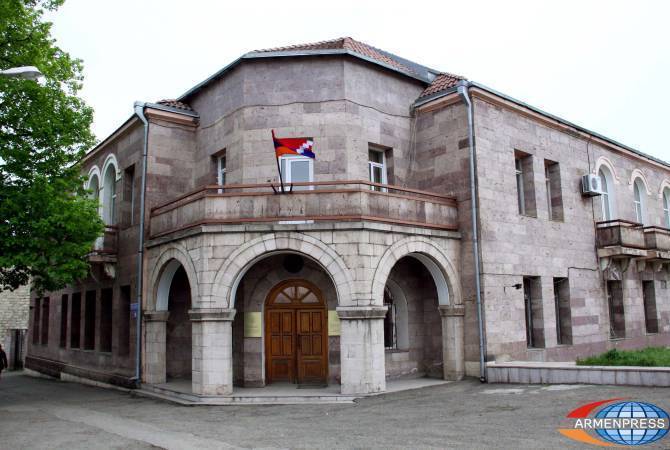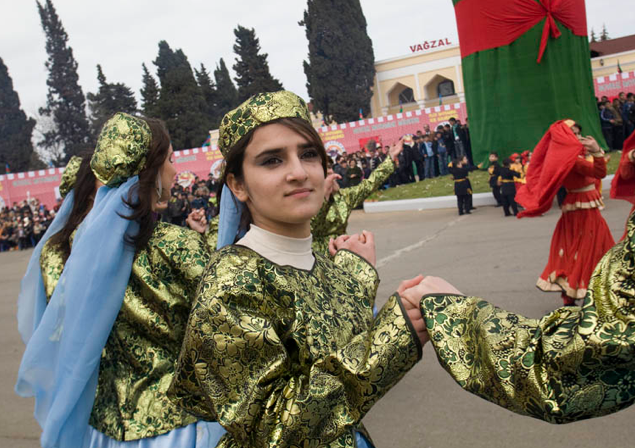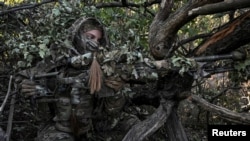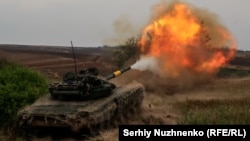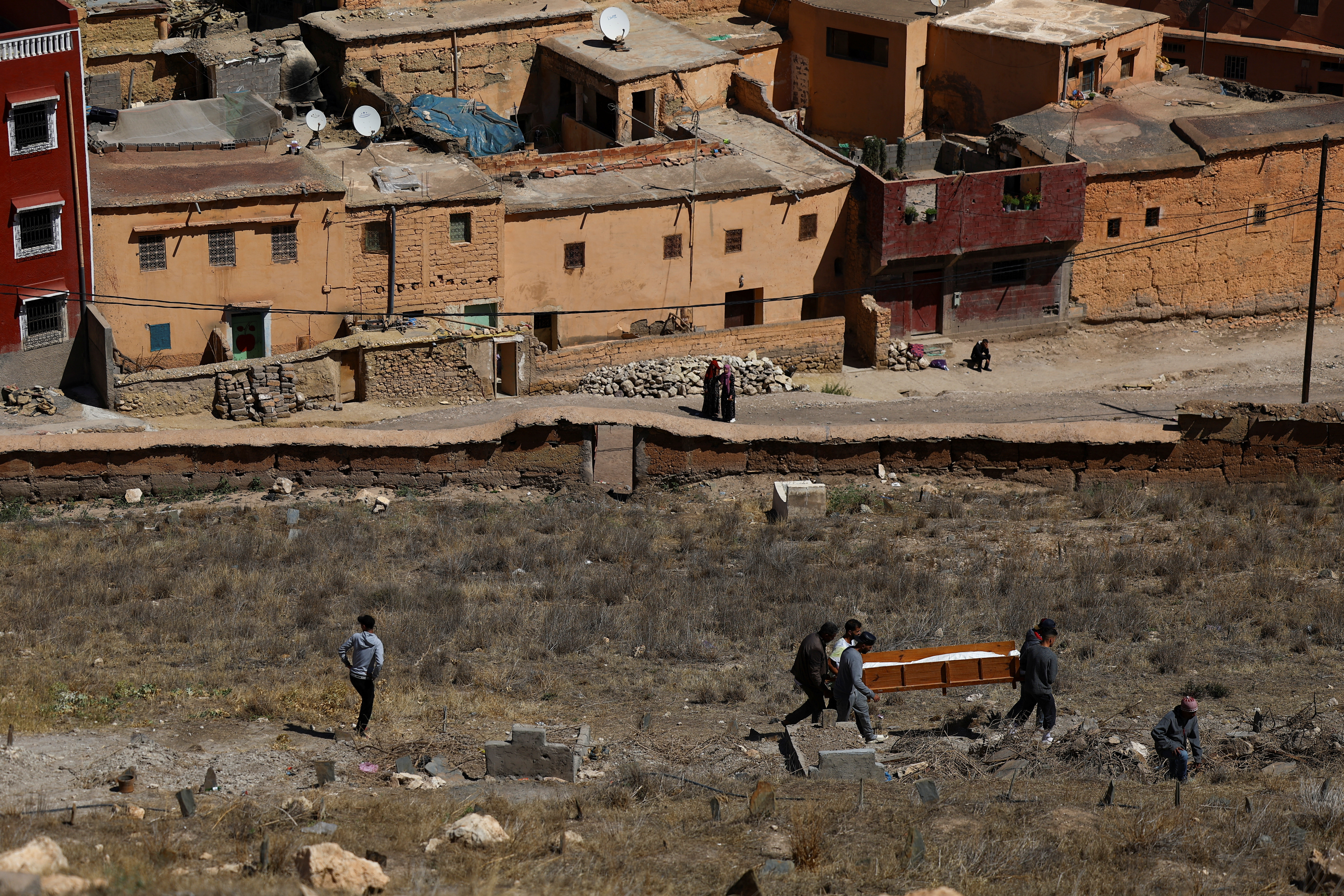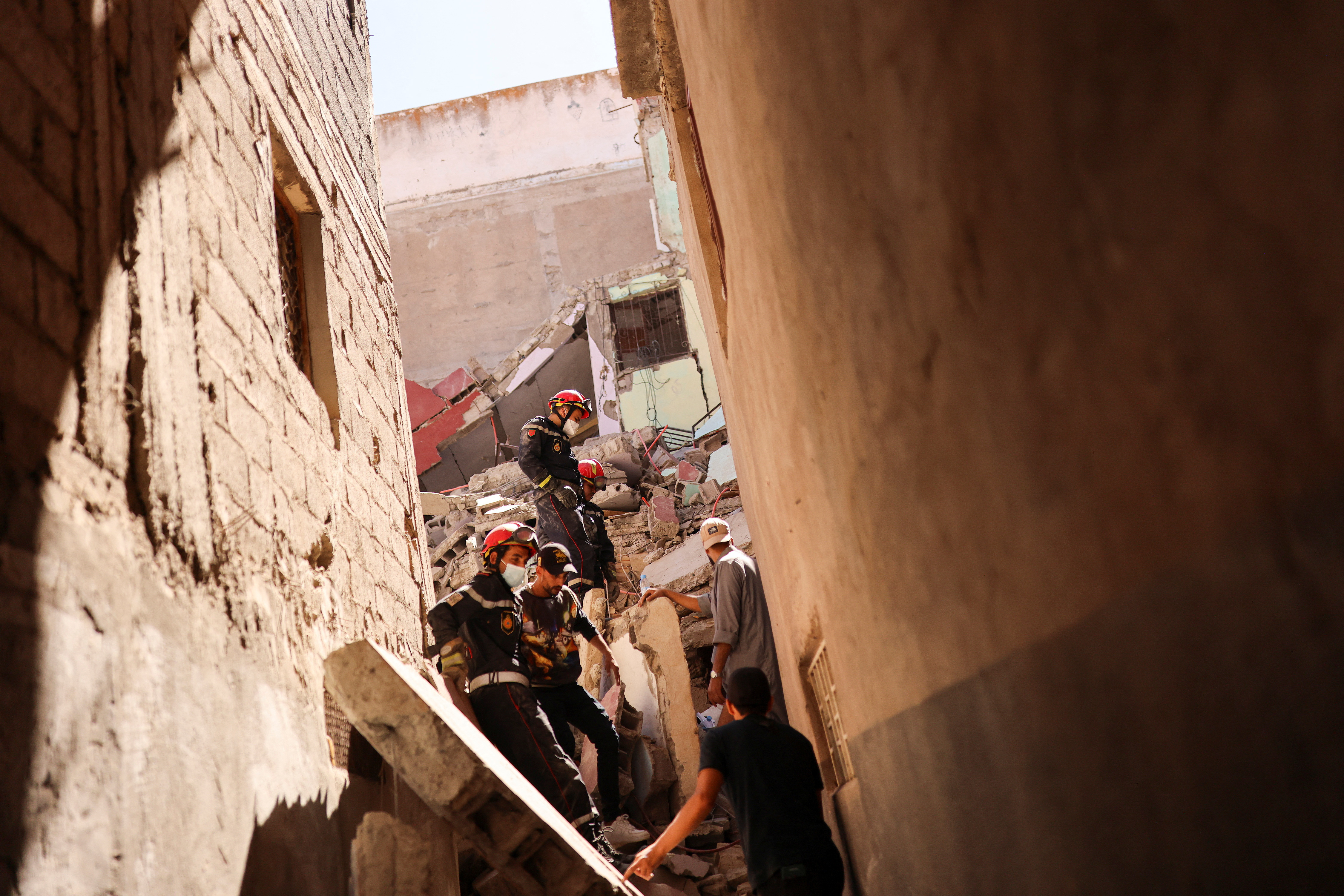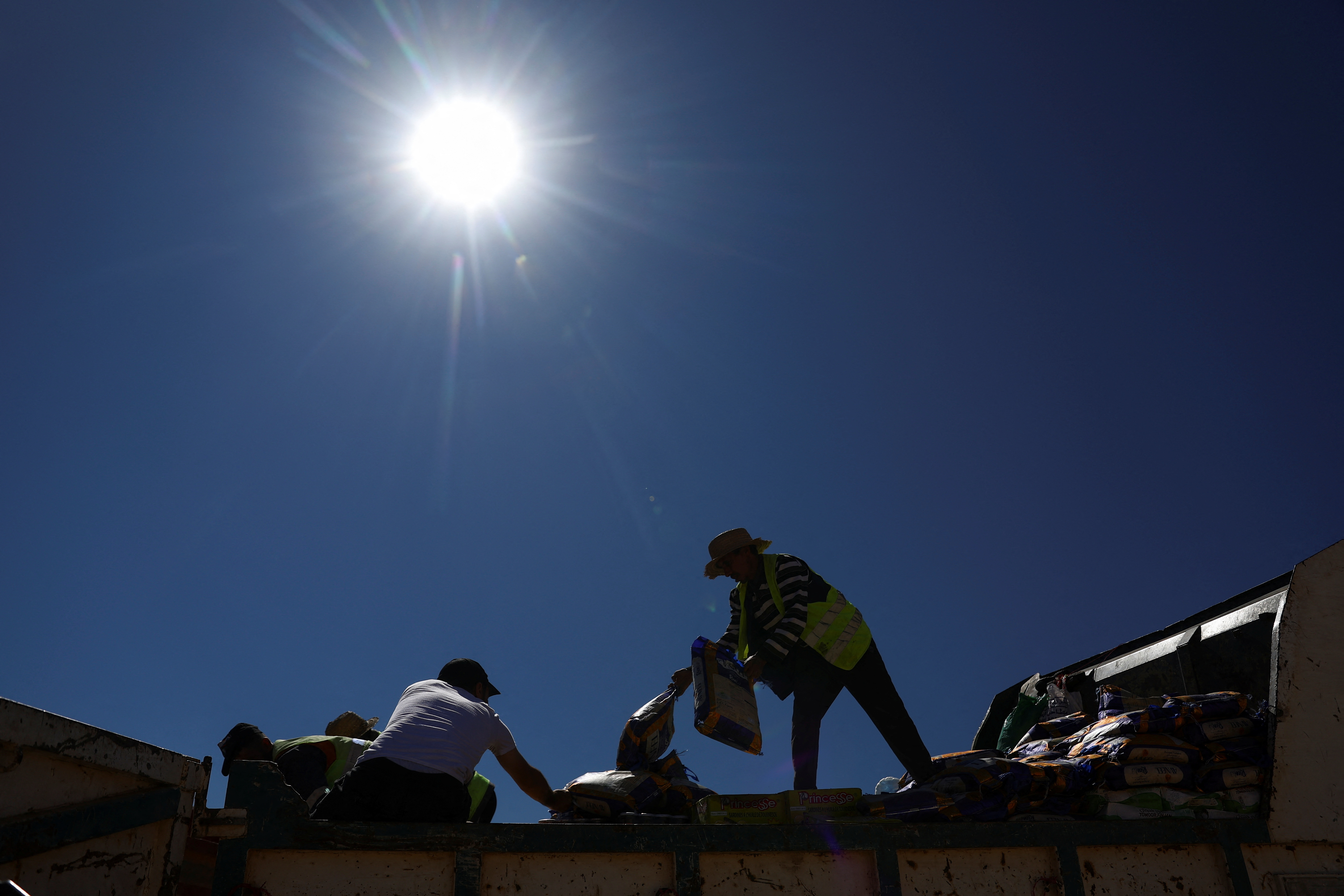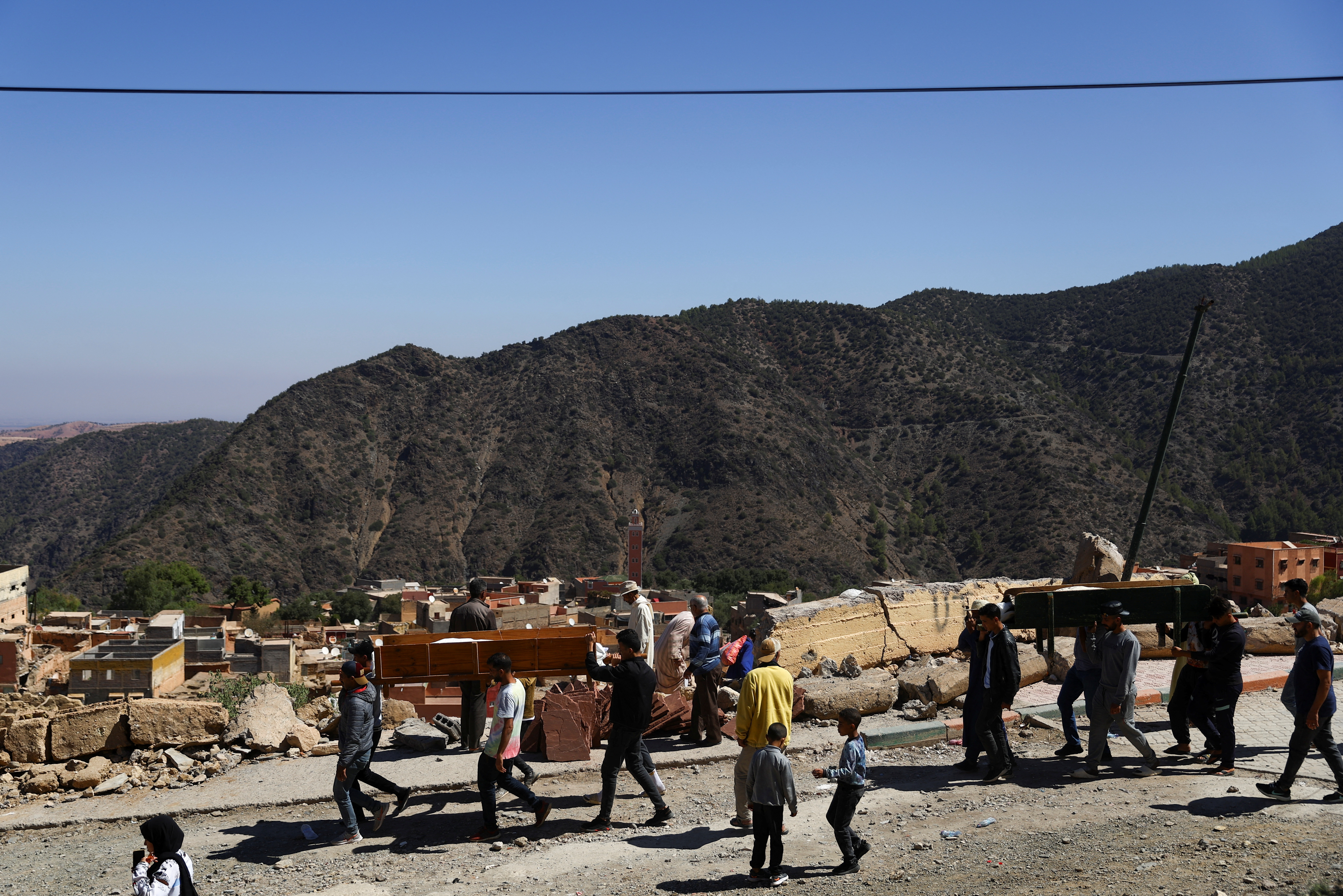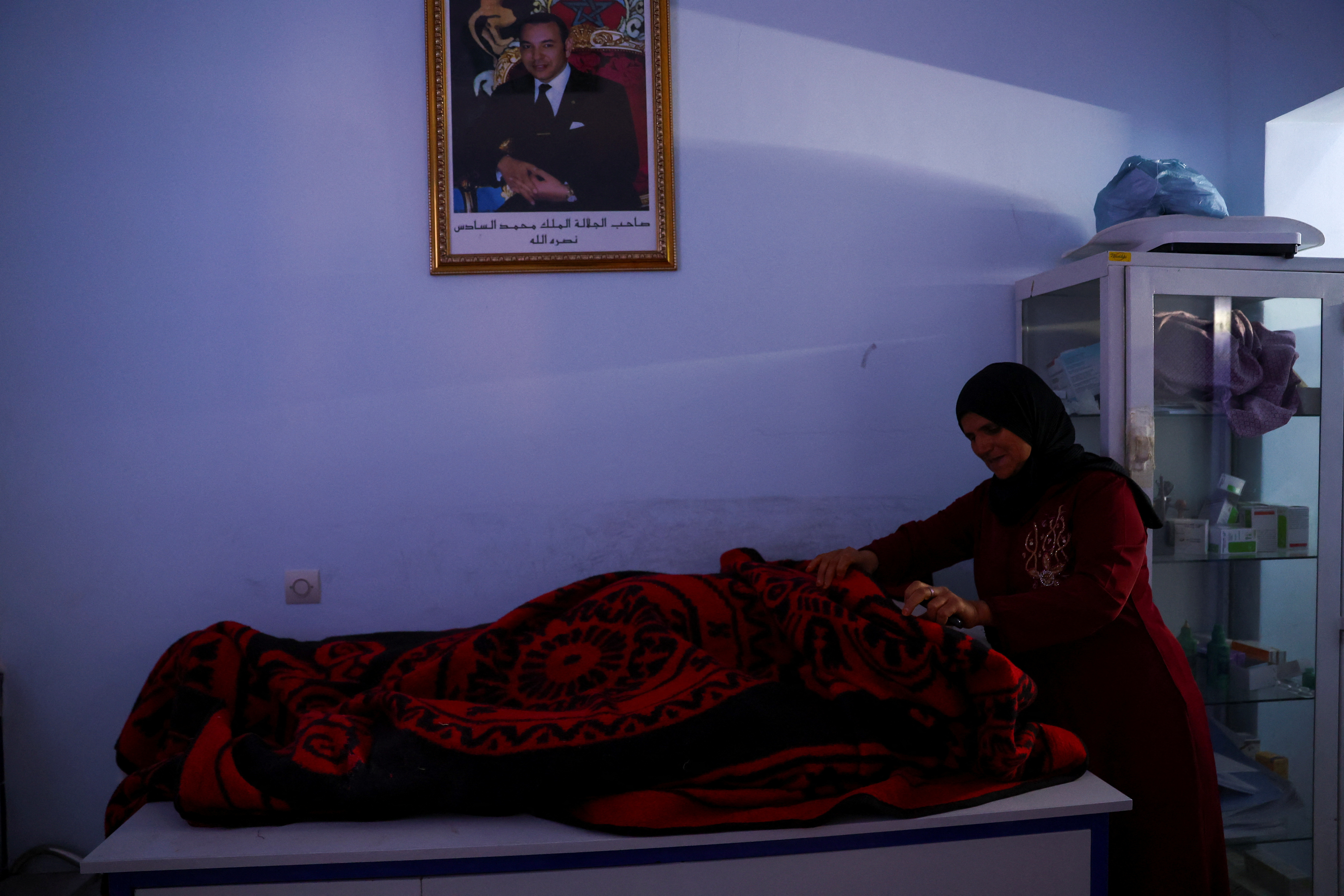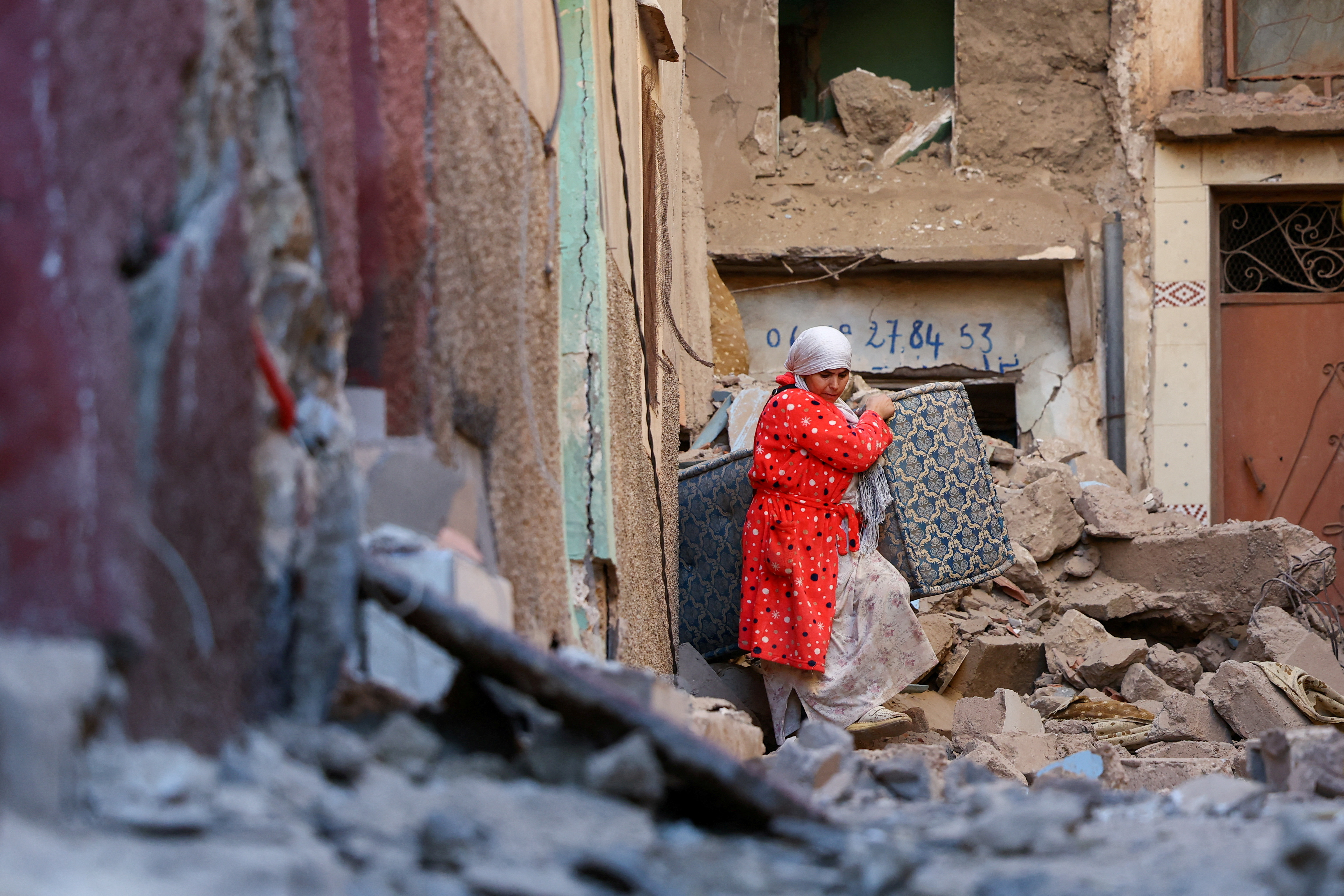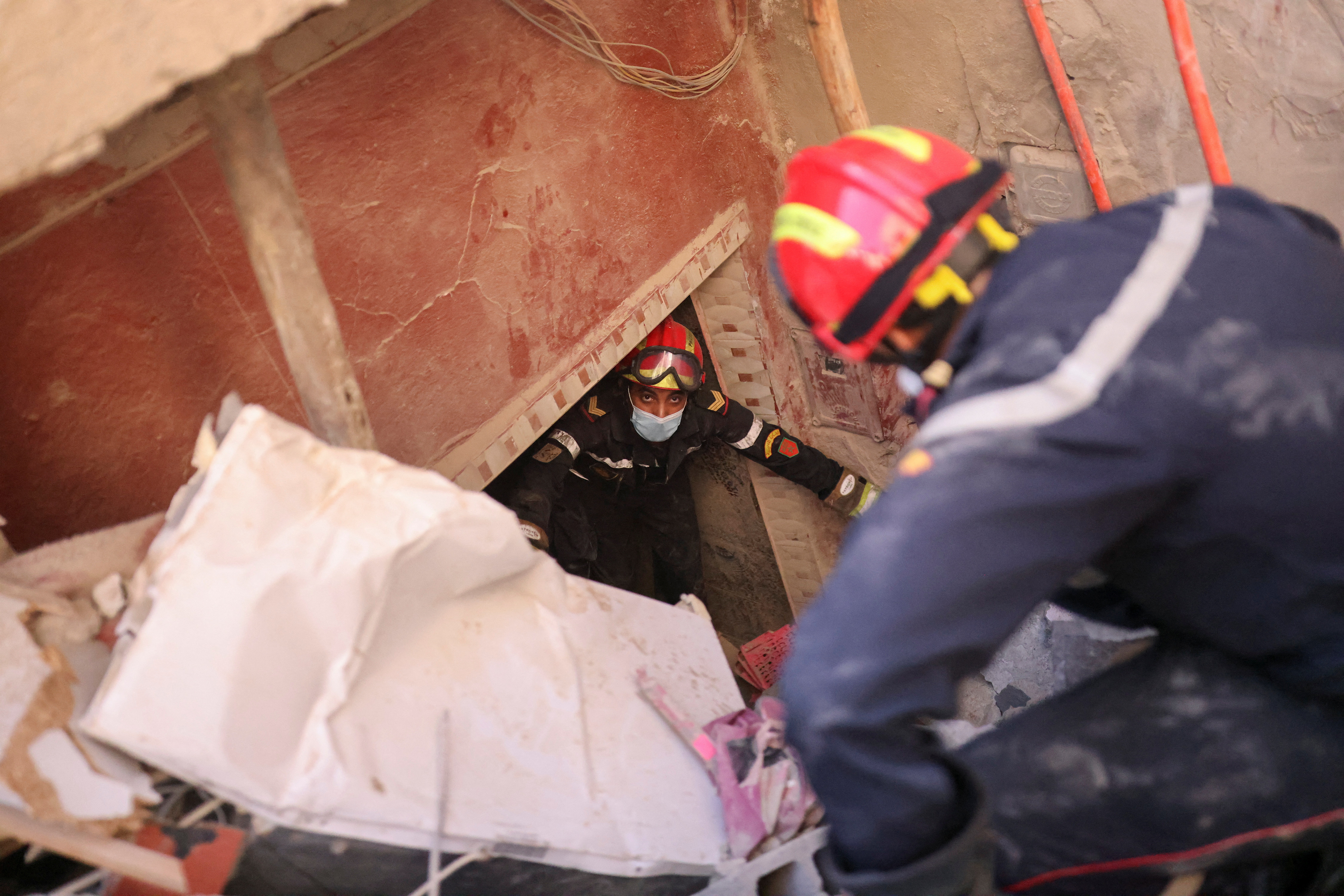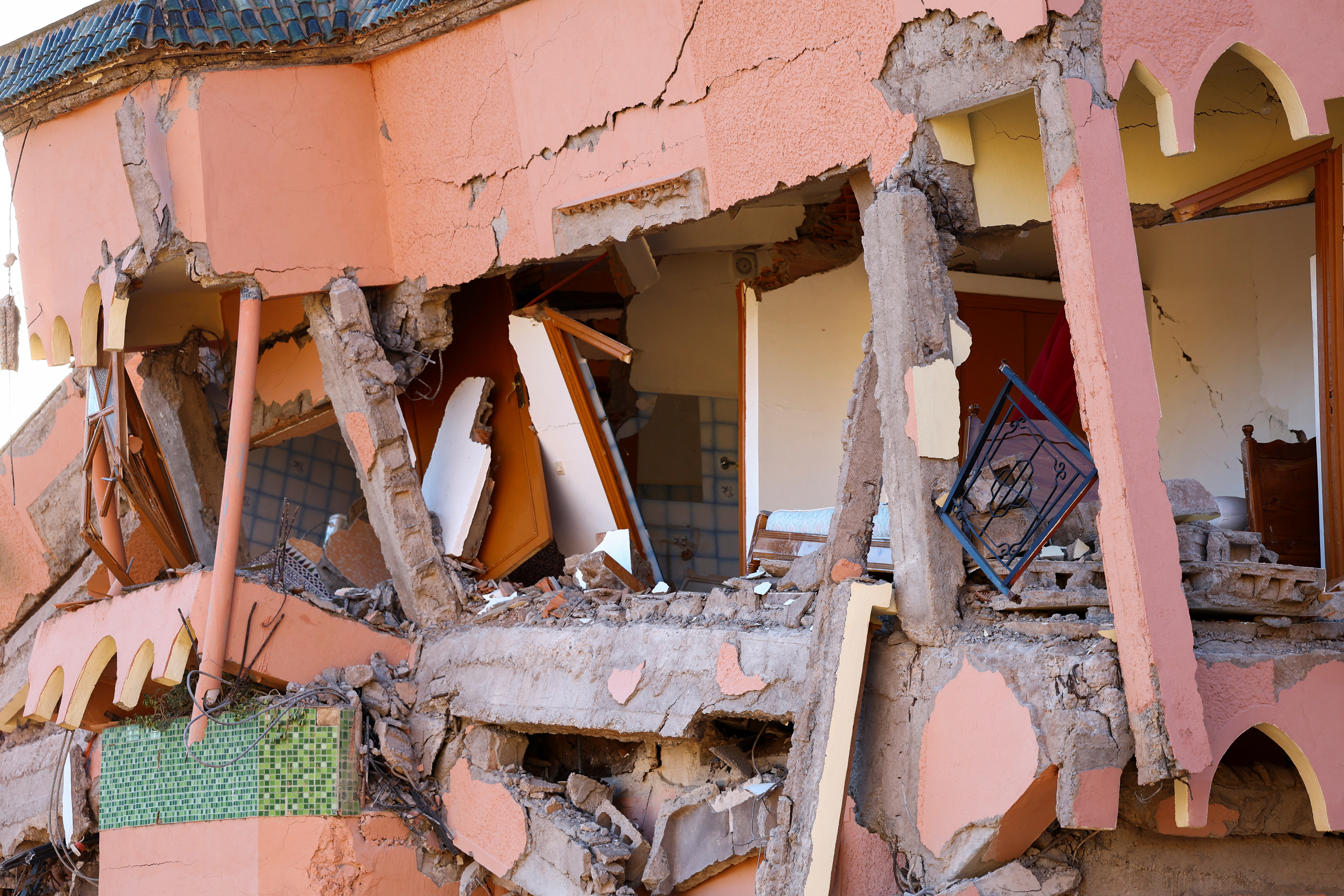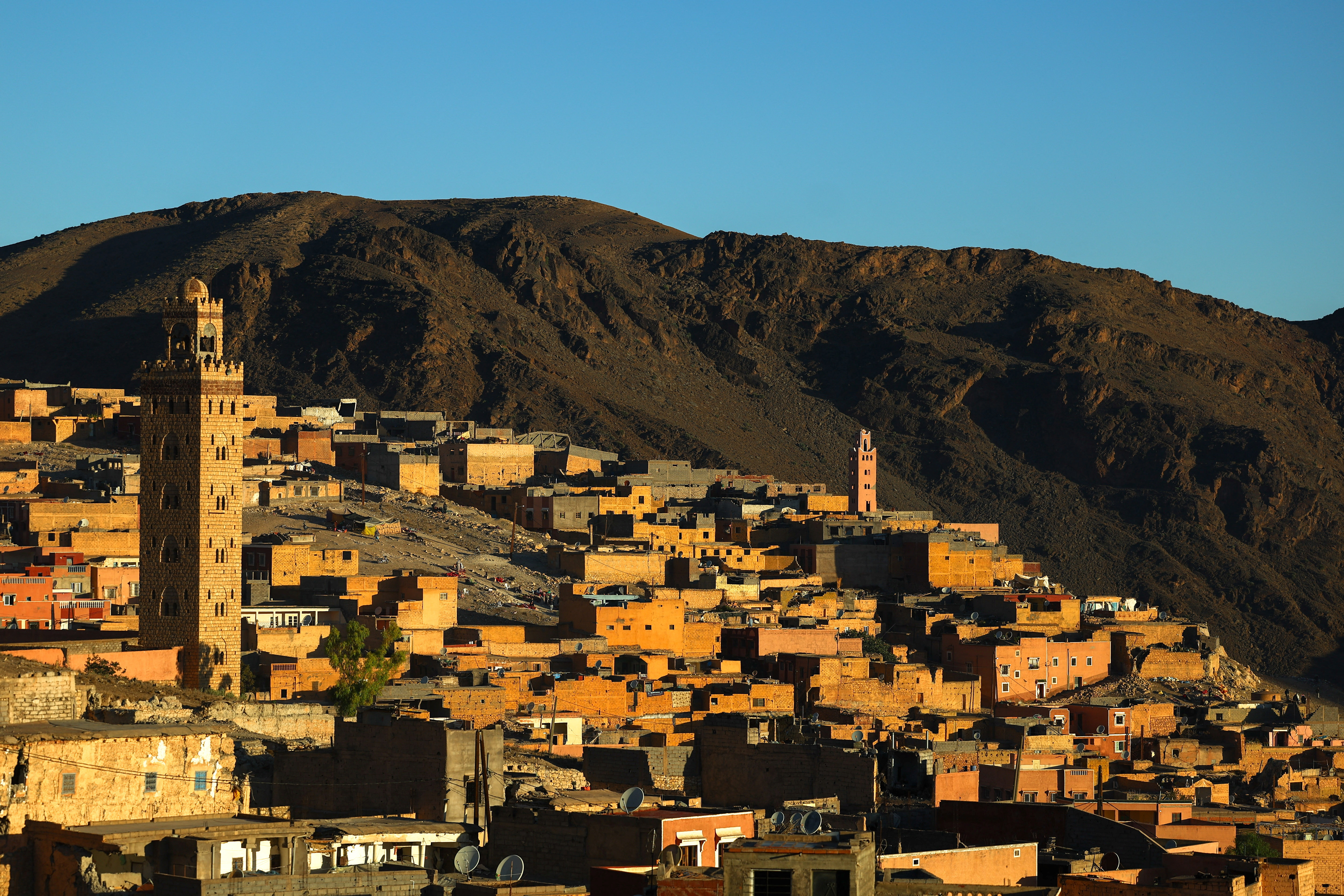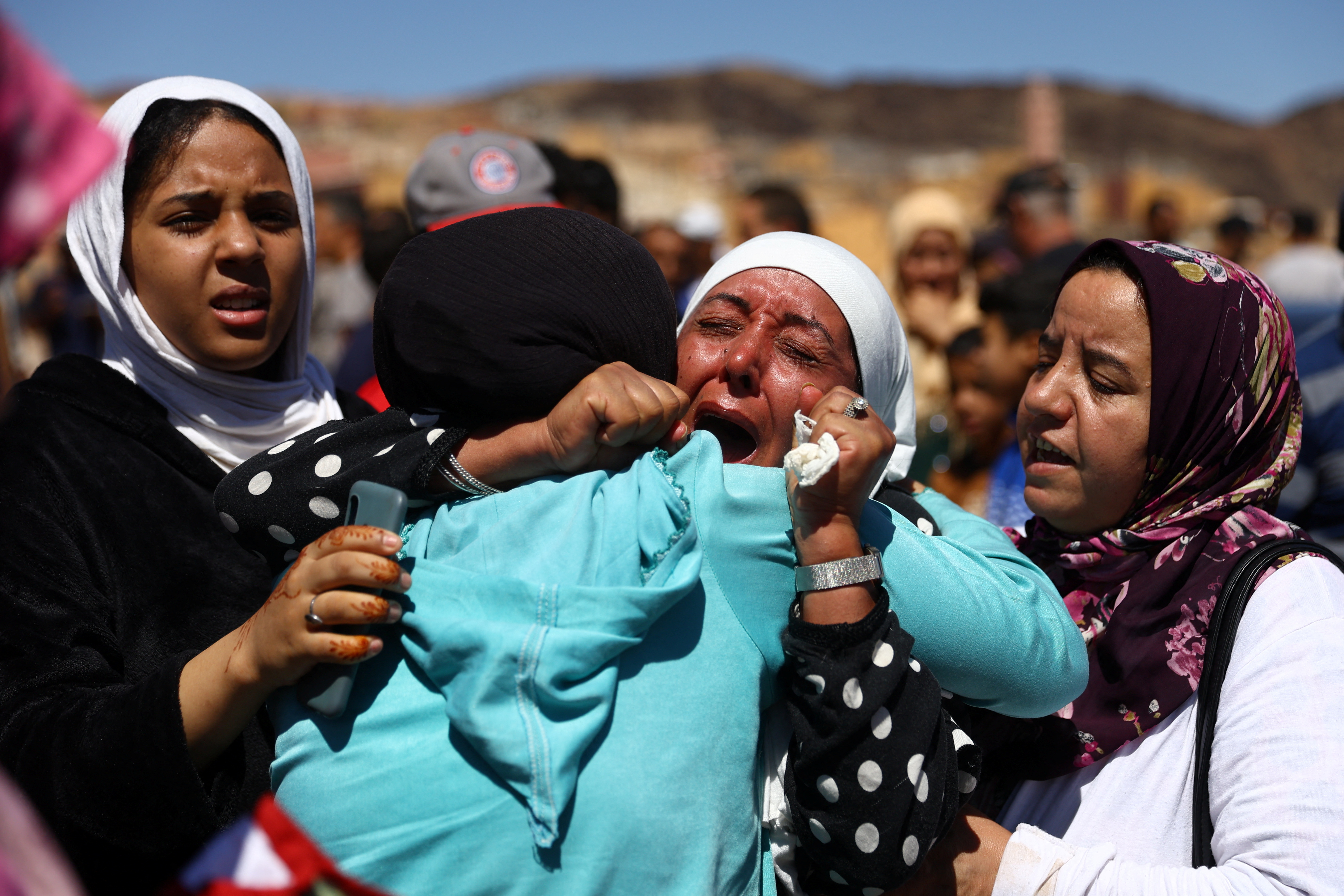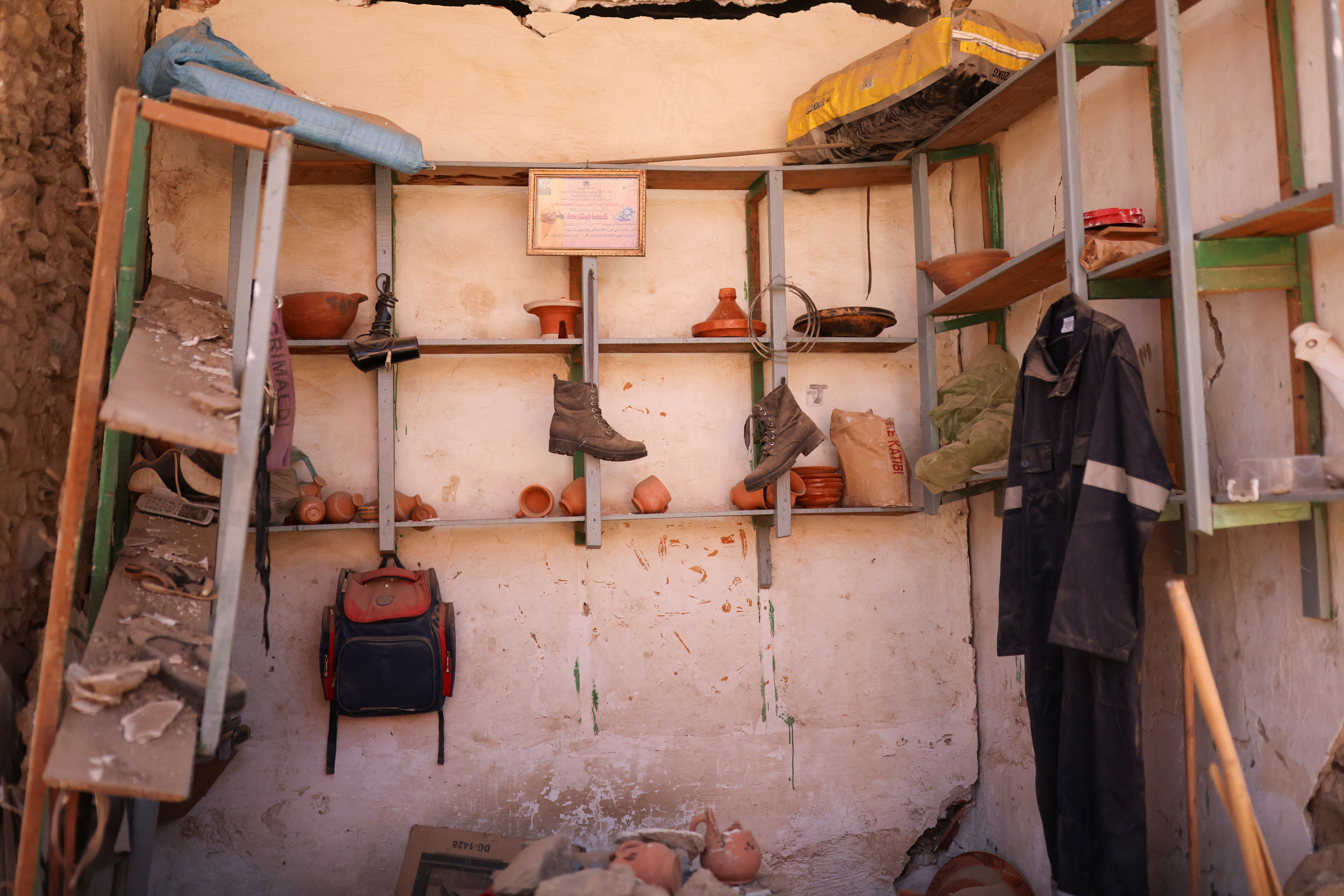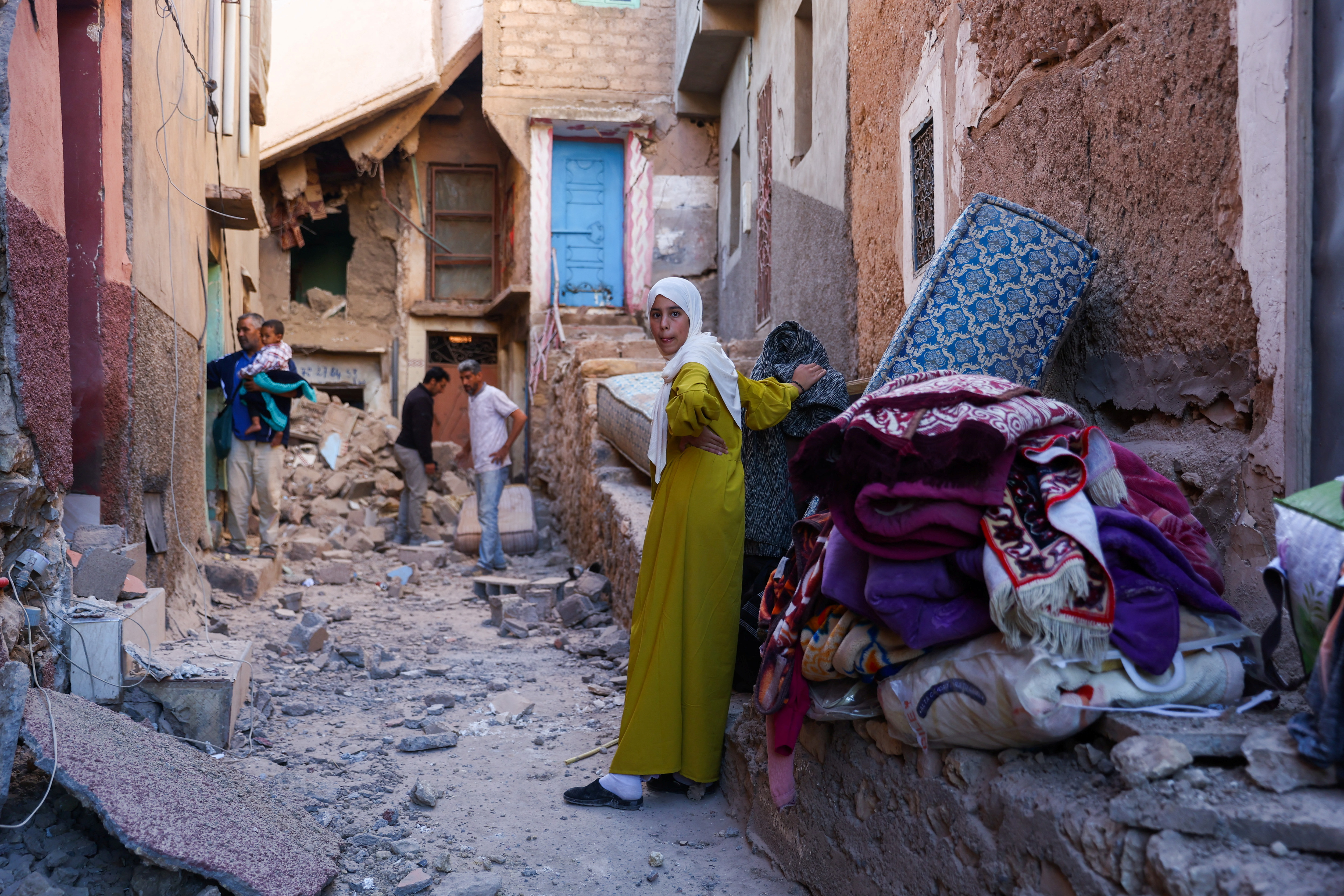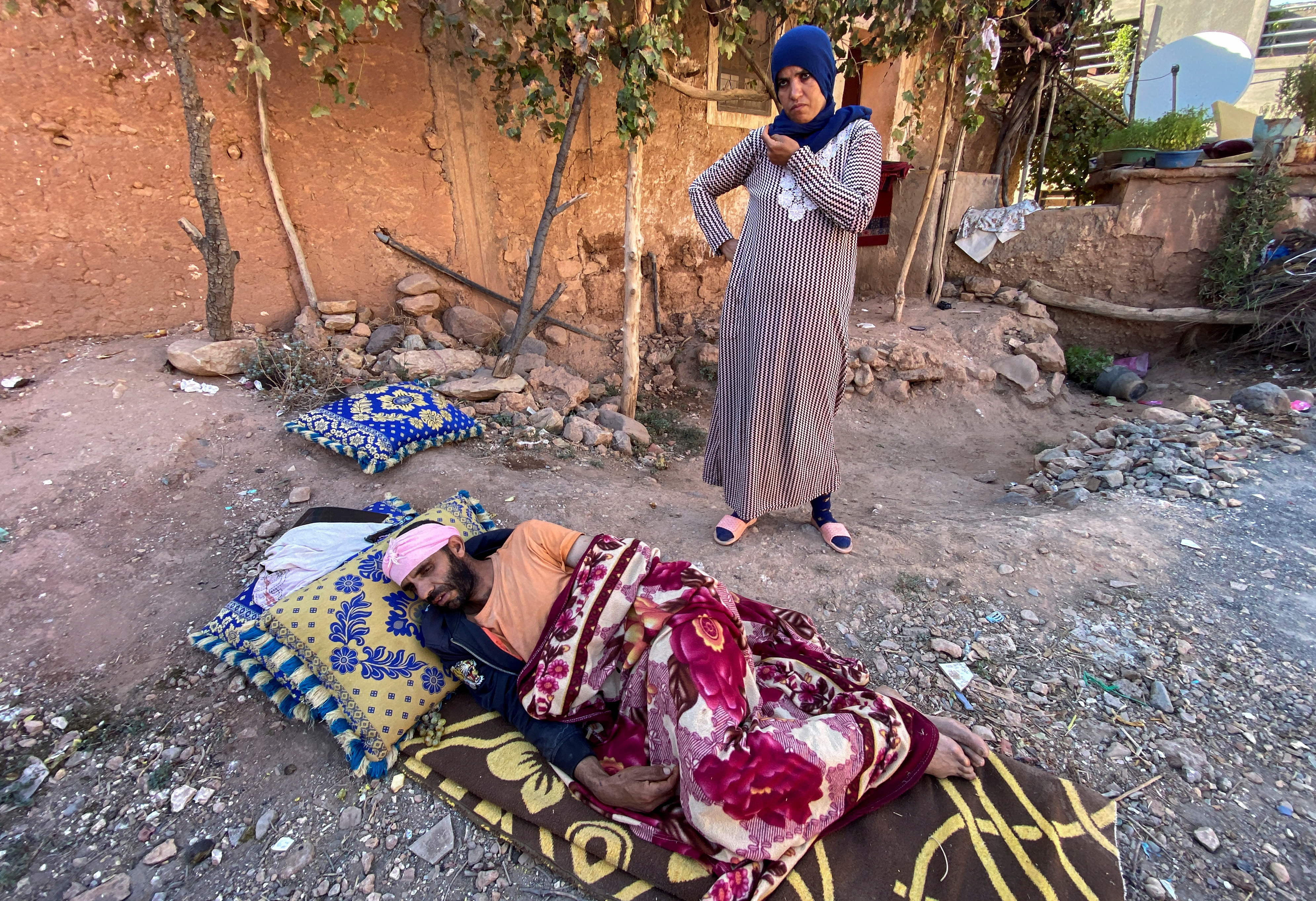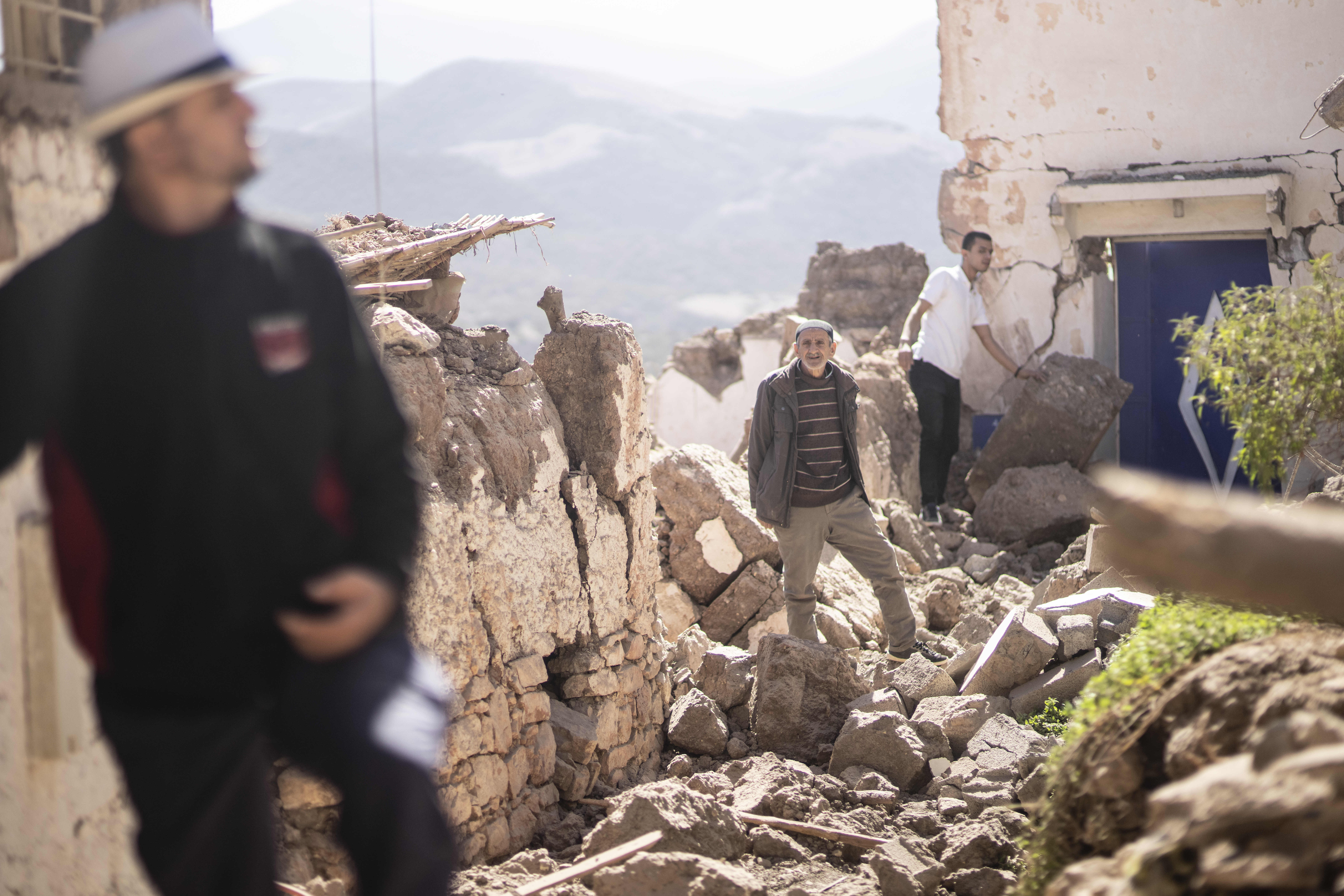The return to more traditional ways of learning is a response to politicians and experts questioning whether the country’s hyper-digitalized approach to education, including the introduction of tablets in nursery schools, had led to a decline in basic skills.
Swedish Minister for Schools Lotta Edholm, who took office 11 months ago as part of a new center-right coalition government, was one of the biggest critics of the all-out embrace of technology.
“Sweden’s students need more textbooks,” Edholm said in March. “Physical books are important for student learning.”
The minister announced last month in a statement that the government wants to reverse the decision by the National Agency for Education to make digital devices mandatory in preschools. It plans to go further and to completely end digital learning for children under age 6, the ministry also told The Associated Press.
Although the country’s students score above the European average for reading ability, an international assessment of fourth-grade reading levels, the Progress in International Reading Literacy Study, highlighted a decline among Sweden’s children between 2016 and 2021.
In 2021, Swedish fourth-graders averaged 544 points, a drop from the 555 average in 2016. However, their performance still placed the country in a tie with Taiwan for the seventh-highest overall test score.
In comparison, Singapore — which topped the rankings — improved its PIRLS reading scores from 576 to 587 during the same period, and England’s average reading achievement score fell only slightly, from 559 in 2016 to 558 in 2021.
Some learning deficits may have resulted from the coronavirus pandemic or reflect a growing number of immigrant students who don’t speak Swedish as their first language, but an overuse of screens during school lessons may cause youngsters to fall behind in core subjects, education experts say.
“There’s clear scientific evidence that digital tools impair rather than enhance student learning,” Sweden’s Karolinska Institute said in a statement last month on the country’s national digitalization strategy in education.
“We believe the focus should return to acquiring knowledge through printed textbooks and teacher expertise, rather than acquiring knowledge primarily from freely available digital sources that have not been vetted for accuracy,” said the institute, a highly respected medical school focused on research.
The rapid adoption of digital learning tools also has drawn concern from the United Nations’ education and culture agency.
In a report published last month, UNESCO issued an “urgent call for appropriate use of technology in education.” The report urges countries to speed up internet connections at schools, but at the same time warns that technology in education should be implemented in a way so that it never replaces in-person, teacher-led instruction and supports the shared objective of quality education for all.
In the Swedish capital, Stockholm, 9-year-old Liveon Palmer, a third-grader at Djurgardsskolan elementary school, expressed his approval of spending more school hours offline.
“I like writing more in school, like on paper, because it just feels better, you know,” he told the AP during a recent visit.
His teacher, Catarina Branelius, said she was selective about asking students to use tablets during her lessons even before the national-level scrutiny.
“I use tablets in math and we are doing some apps, but I don’t use tablets for writing text,” Branelius said. Students under age 10 “need time and practice and exercise in handwriting … before you introduce them to write on a tablet.”
Online instruction is a hotly debated subject across Europe and other parts of the West. Poland, for instance, just launched a program to give a government-funded laptop to each student starting in fourth grade in hopes of making the country more technologically competitive.
In the United States, the coronavirus pandemic pushed public schools to provide millions of laptops purchased with federal pandemic relief money to primary and secondary students. But there is still a digital divide, which is part of the reason why American schools tend to use both print and digital textbooks, said Sean Ryan, president of the U.S. school division at textbook publisher McGraw Hill.
“In places where there is not connectivity at home, educators are loath to lean into digital because they’re thinking about their most vulnerable (students) and making sure they have the same access to education as everyone else,” Ryan said.
Germany, which is one of the wealthiest countries in Europe, has been famously slow in moving government programs and information of all kinds online, including education. The state of digitalization in schools also varies among the country’s 16 states, which are in charge of their own curricula.
Many students can complete their schooling without any kind of required digital instruction, such as coding. Some parents worry their children may not be able to compete in the job market with technologically better-trained young people from other countries.
Sascha Lobo, a German writer and consultant who focuses on the internet, thinks a national effort is needed to bring German students up to speed or the country will risk falling behind in the future.
“If we don’t manage to make education digital, to learn how digitalization works, then we will no longer be a prosperous country 20 years from now,” he said in an interview with public broadcaster ZDF late last year.
To counter Sweden’s decline in fourth-grade reading performance, the Swedish government announced an investment worth $64.7 million in book purchases for the country’s schools this year. Another 500 million kronor will be spent annually in 2024 and 2025 to speed up the return of textbooks to schools.
Not all experts are convinced Sweden’s back-to-basics push is exclusively about what’s best for students.
Criticizing the effects of technology is “a popular move with conservative politicians,” Neil Selwyn, a professor of education at Monash University in Melbourne, Australia, said. “It’s a neat way of saying or signaling a commitment to traditional values.”
“The Swedish government does have a valid point when saying that there is no evidence for technology improving learning, but I think that’s because there is no straightforward evidence of what works with technology,” Selwyn added. “Technology is just one part of a really complex network of factors in education.”
The post Sweden Brings More Books, Handwriting Practice Back to Its Tech-Heavy Schools first appeared on The News And Times – thenewsandtimes.com.

